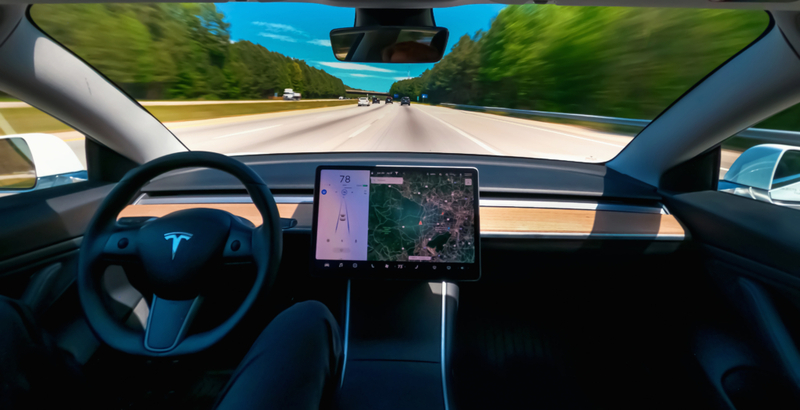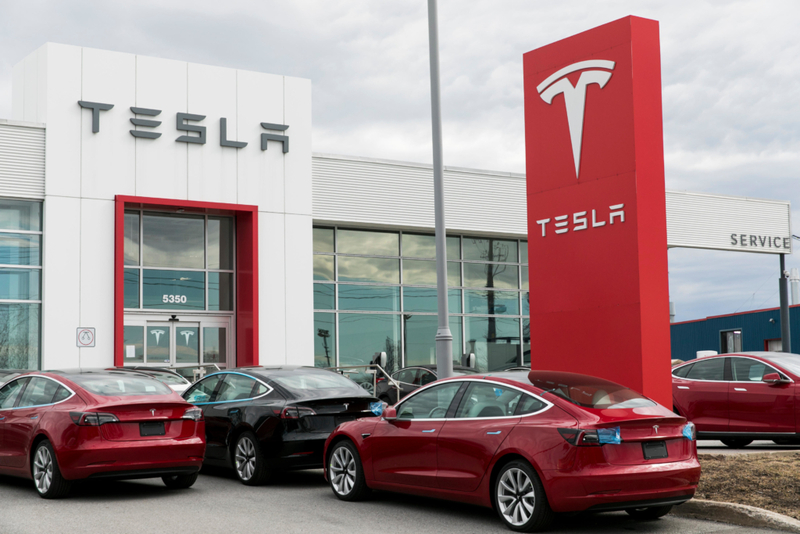
When it comes to self-driving and autonomous vehicles – independence and minimal supervision from humans are the main priorities. These types of cars use sensors such as GPS, sonar, odometry, radar, and inertial measurement units to understand their surroundings and pinpoint all obstacles and navigation paths.
A decade ago, Elon Musk was already talking about the Autopilot system for the all-electric five-door liftback car known as the Tesla Model S. Autopilot, which includes semi-autonomous parking and driving capabilities, was first developed by Tesla and Mobileye.
One awesome feature of the Autopilot system is that it can follow a car at a safe distance based on the speed at which it is driving. Not only that, but the technology can also identify moving pieces surrounding it such as smaller vehicles, bikes, pedestrians, animals, and trucks, to name a few. Autopilot can activate from speeds between 18 mph and 90 mph.

Another impressive feature is that it will alert drivers if they are relying too much on the built-in safety options. For example, the system will be disabled until the driver parks the car if they missed three audio warnings within the scope of an hour. Also, free-hand wheeling is optional for five minutes when driving at under 45 mph.
So while the Autopark system allows drivers to easily park their cars, there is also something called the Summon system, which was also developed by Tesla. Basically, this allows drivers to control their cars from the comfort of their smartphones. They can access the car this way by either using the official Tesla app or via their key fob. It’s very useful when driving in tight spaces, such as garages, narrow streets, and parking spaces.
What’s more, is that the Autopilot system can detect potential collisions from distances of up to 525 feet. This means that the chances of hitting another vehicle or a pedestrian are reduced significantly. Also, the system provides emergency brakes in the event of being hit by any object.